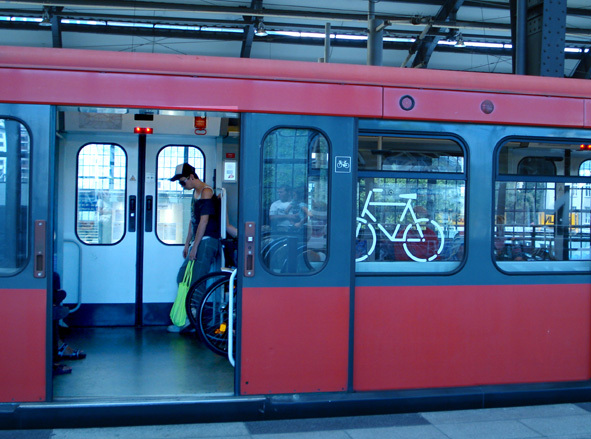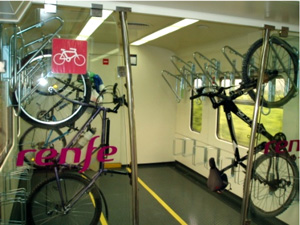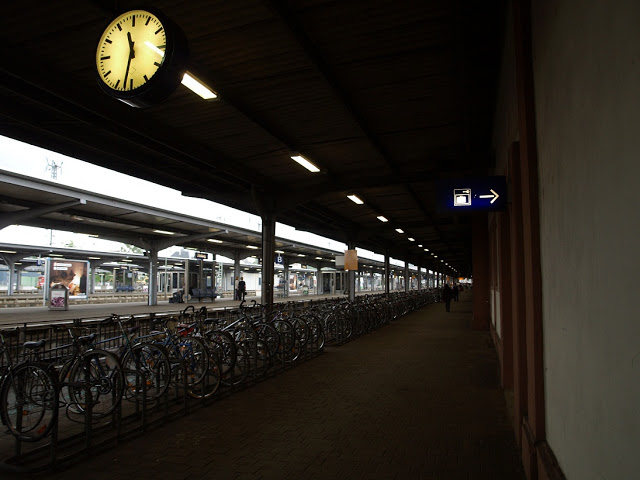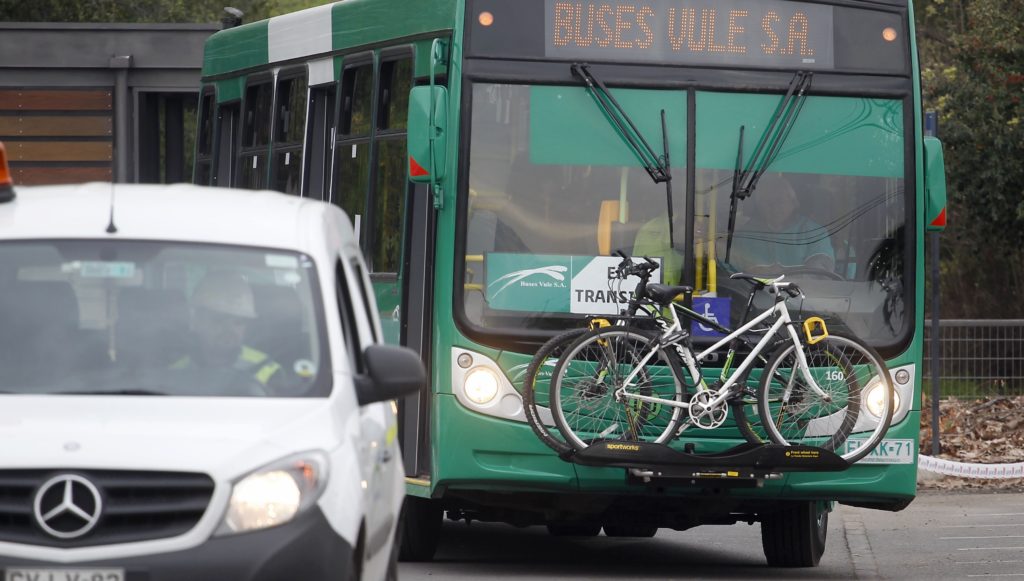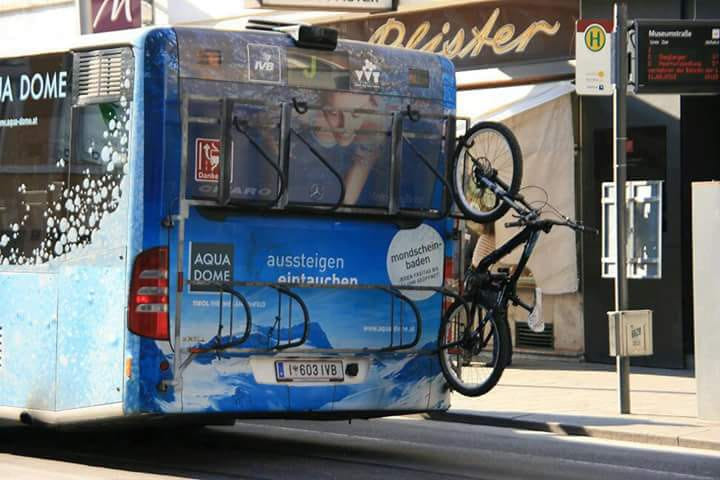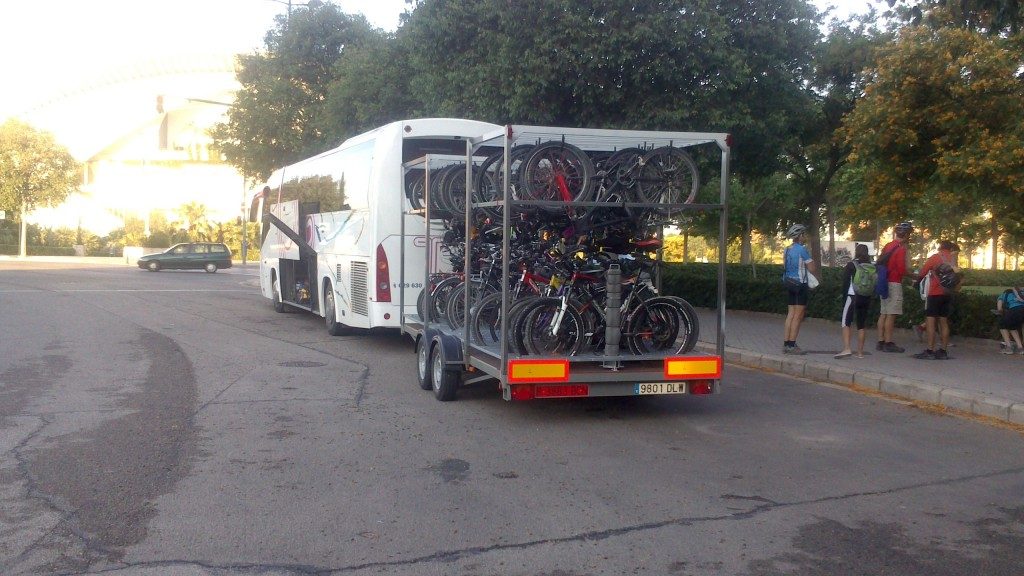Category Archives: Well done!
Utrecht: Planning for People & Bikes, Not for Cars
Pontevedra
Pontevedra is a city in the northwest of Spain. It has been internationally recognized for its efforts in promoting healthy life among its citizens. Others cities in the world copy its actions at urban planning to improve life quality by the process in which if an intervention works in one place, it is about to be successful in another one. But how has it been acknowledged towards sustainable mobility?
Miguel Anxo Fernández Lores has been its mayor since 1999. At the begging, he put his hands on his head as 14,000 cars passed along some streets while much less neighbors lived on them. He had in mind ending with this nonsense. Today, Pontevedra is one of the quiet cities in the noisy Spain.
In this time, he has transformed the city by following a simple and powerful idea: Owing a car does not give you the right to occupy the public space. This philosophy confronts to what has been the dominant model in cities: Throwing out children and senior citizens from streets because of cars. At the beginning pedestrianized all the medieval center (300,000 squared meters). This allowed natives and tourists enjoying so vast area. They realized people looking for a place to park caused the most congestion, thus stopped cars crossing the city and got rid of street parking. They incorporated other actions like extending the car-free zone from the old city to the 18th- century area, substituted traffic lights by roundabouts and traffic calming areas by reducing the speed limit to 30 km/h.
An interesting and copied idea was the launch of the Metrominuto. The Metrominuto is a map centered in the aesthetics of metros maps, which marks the pedestrian distances between the most important points of the city and the time it takes to travel them:
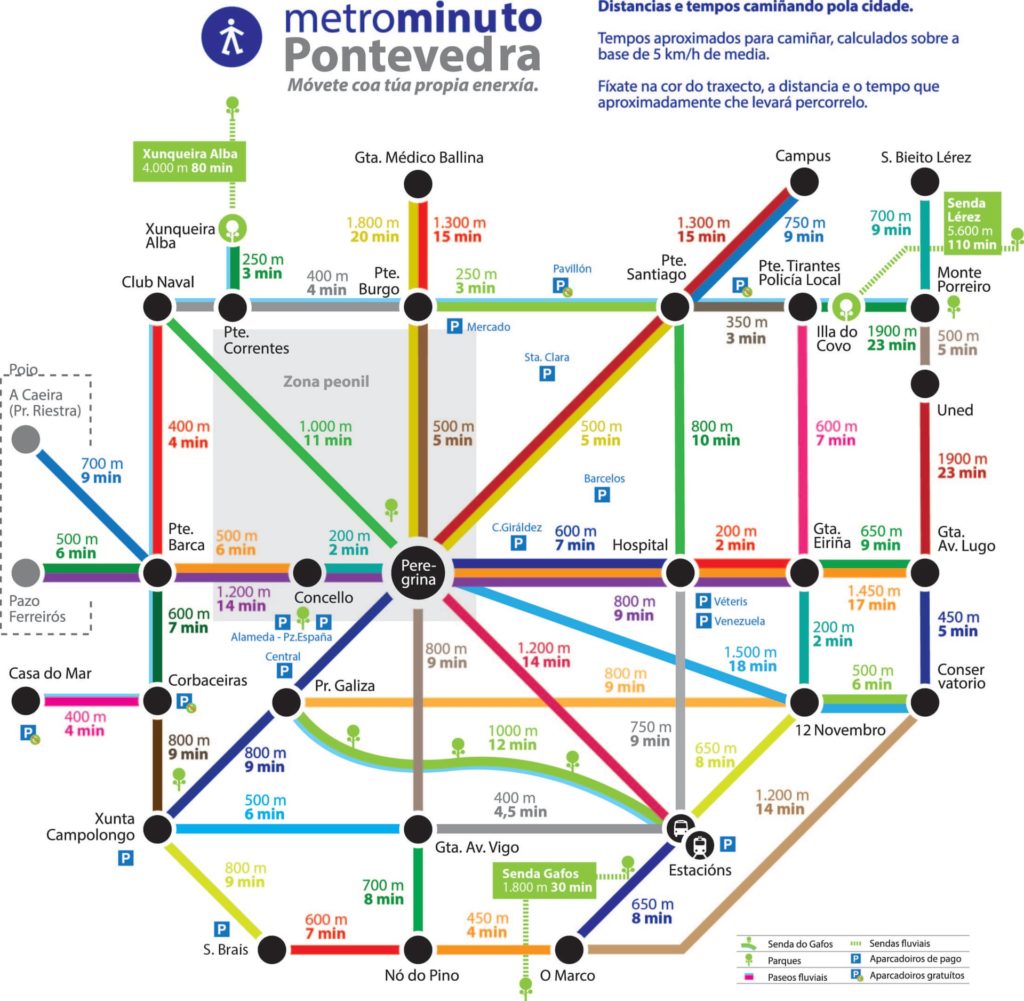
Thanks to this beneficial interventions nobody has died in car accident in the city since 2009, whereas 30 people died from 1996 to 2006. CO2 emissions reduced 70%. Almost three-quarters of car journeys are made on foot or by bike. Withholding planning permission for big shopping centers protected small business. The works were exclusively financed locally and received no aid from regional or central government.
To sump up, motivated leaders with the unique target of benefit society and a sustainable mobility vision is what cities need.
Families Celebrate Brooklyn’s 4th Ave Protected Bike Lane
Brooklyn’s Shirley Chisholm State Park
Intermodality (2/2)
As I talked about, intermodality is the combination of two or more ways of transport. The first post dealt with bikes and buses, whereas I am going to enhance your knowledge on the subject of the sum bikes plus trains today.
Lots of people use the conjoint ways of transport in an everyday routine to go to work or study. This intermodality is well-developed in those countries which enjoy a vast railroad which in turn constitutes a serious competitor against cars. Moreover, the train lines which go to parks fill up on weekends. One can see two main modalities in this intermodality. The first one appears when bikes can get into the train with no specific area where to put them. It is like if you go inside the coach and lock your bike wherever you can. This fact could make the trip uncomfortable to some passengers, but the point here is the authorities tactlessness as they have not considered the bikers necessities.
In comparison, the ideal alternative is to dedicate specific carriages for bikes. Usually the first or the last coach is highlighted with bicycle pictures on the bodywork or the windows, so that everybody understand it as the place to put the bikes. In the next photo, you can see how it works. Notice the division in bikes-area and people-area. This way makes it easier for riders to seat close to their bikes.
Nevertheless, there is another way to transport bikes. In the previous picture, bikes were put in horizontal as they move on the road. The next option is to hang them to gain extra capacity (see the next photo). Again, a zone for bikers is needed, limited by the two transparent panels. The central corridor also allows the engine driver to move freely.
In addition, if the train station has a good and large parking bike like in the next picture, the use of train by riders is increased.
Heading to school in the Netherlands
How to take your kids to school
Intermodality (1/2)
Intermodality means to share two or more ways of transport to go from point A to point B. Usually intermodality deals with shared transports like train, bus or metro. As it comes to bicycles, the more advanced countries facilitate intermodality by linking bikes and buses, or bikes and trains. The sum bikes and metro is complicated in peak hours such as the ones in which most people go to work or study. The limited space makes it difficult to share the limited surface specially in those more important metro-consuming countries like Japan.
Regarding the sum of bikes and buses, different alternatives are faced with in my opinion no clear winner. On the one hand, there are cities which allow getting in bikes into buses, but only those that are folding. The reason, again, is the lack of sufficient space due to seats and also passengers. This idea can get it off the hook in intensive-use foldable bikes places, although most of them (and probably all of them) do not accomplish this characteristic.
On the other hand, there are the systems which enable to incorporate bikes to the buses chassis. Here, ingenuity is put into play and an external structure is added to mount the bikes. It can be done at the front or behind of buses. On the photo bellow, you can see it at the front in real life.
The number of bikes is limited by their weight and the mechanical tolerance of the incorporated structure. A simple transporter carries one to four bikes which are mounted in a few seconds. As the bus driver continuously sees them, he controls them and the bus times are not substantially affected.
Moreover, when bicycles are put behind the bus, we have two options. The first one constitutes using a more complex alternative compared to what I have showed and can be observed in the next picture.
This assembly can carry more bikes, but it requires extra height and strength that not every people have. Hence, help is needed. The positive point that implies it is the capacity is increased, though the photo only shows four positions. However, the bus driver can not control the bikes unless she get off it or the rider warn her.
And finally there is the preferred option in long bus trips and dozens of bikes: To hitch a trailer. A trailer allows for moving lots of bikes while the space for bikers inside the bus is guaranteed. If using a two-story trailer like in the next photo, bikes must be secured by hooks in order not to go flying in the first corner. Additional actions are recommended to avoid thieves like using chains.
